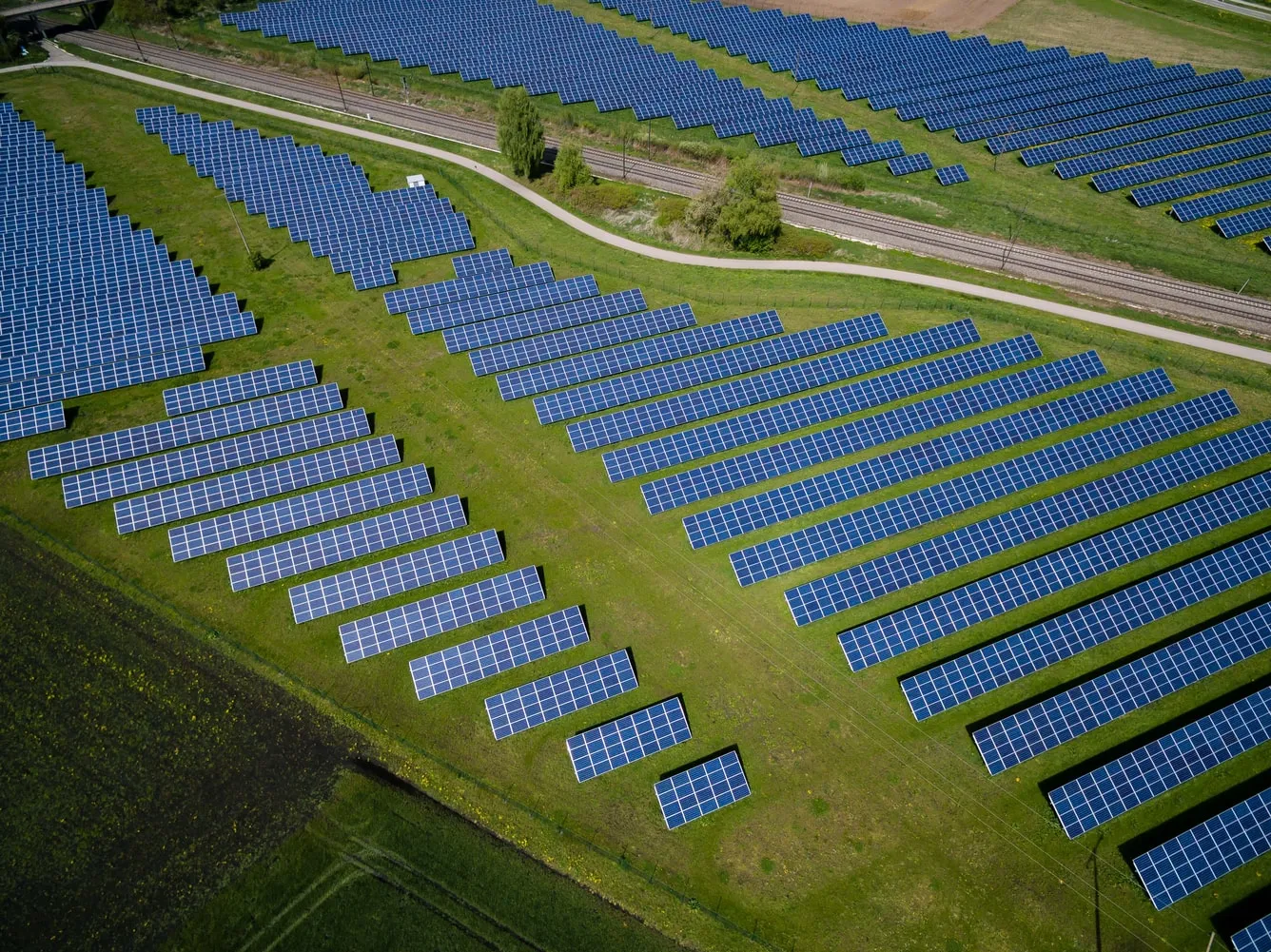Over the last number of years, energy costs for heating, electricity and transport have all increased due to geopolitical events. This has had an impact on people’s ability to meet their energy needs, resulting in more people are that are likely experiencing energy poverty now than in the last 30 years.[1]
The Economic and Social Research Institute (ESRI) has previously defined energy poverty, in line with the Boardman definition, as spending more than 10% of income on energy (electricity and heat).[2]
This definition presents several challenges as it does not consider,
- the level of energy poverty someone is in, i.e. the level above 10% of disposable income that is spent on energy.
- people who are not adequately heating their homes by restraining their energy consumption to keep expenditure below 10% of their income.
- how supports can target customers who meet this definition; a difficulty that was encountered with the recent government electricity credit payments.
It is important to note that any definition of energy poverty is different to vulnerable customers, who have received extra protections, including protection from disconnection. Vulnerable customers are particularly vulnerable to disconnection during winter months for reasons of
- age, 66 or over and live alone, with minors or other older people.
- physical, sensory, intellectual, or mental health needs.
Additional to this vulnerable customer category, are customers who are critically dependent on electricity for medical equipment and are never disconnected.[3]
The Department of the Environment, Climate and Communications are currently consulting on the new Energy Poverty Action Plan to be released later this year (more information available here). One of the goals of this consultation is to apply a new definition of energy poverty which aligns with Article 2 of EU Energy Efficiency Directive.
Article 2(52):
‘energy poverty’ means a household’s lack of access to essential energy services, where such services provide basic levels and decent standards of living and health, including adequate heating, hot water, cooling, lighting, and energy to power appliances, in the relevant national context, existing national social policy and other relevant national policies, caused by a combination of factors, including at least non-affordability, insufficient disposable income, high energy expenditure and poor energy efficiency of homes[4]
The barriers which prevent people from leaving energy poverty are income, a reliance on fossil fuels, the high upfront cost of energy efficiency measures and a lack of customer insights into energy usage.
EAI recommendations for addressing these barriers are as follows:
- Remove VAT rate on all energy efficiency measures.
- Implement a new definition of energy poverty which accommodates dual factors of income and energy efficiency.
- Revise the Energy Efficiency Obligation Scheme requirements to accommodate a new definition of energy poverty, removing the requirement for the dwelling to be a BER D2 home to be classified as energy poor. This captures customers who may be experiencing energy poverty but living in a more efficient home.
- Deliver a Smart Data Access Code which will allow for energy suppliers to give all customers greater insights into their electricity usage.
- Address energy poverty through structural and targeted supports which address poverty generally and mitigate the symptoms of energy poverty through increased fuel allowance payments.
[1] Priorities to Protect Households in Energy Poverty, Saint Vincent de Paul, 2023
[2] Energy Poverty Action Plan, 2022
[3] Customers within either of these categories are advised to contact their energy supplier to be placed on the register.
[4] Energy Efficiency Directive Recast, 2023

